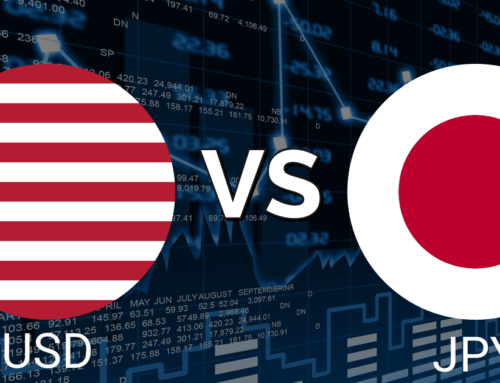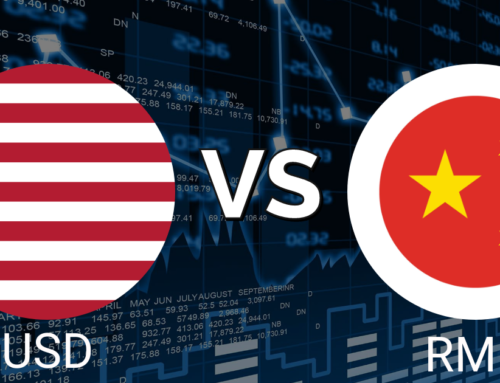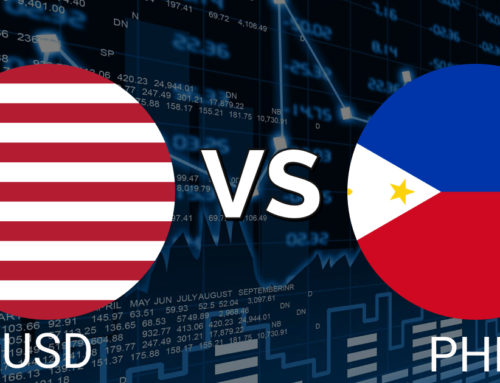
Since 1975, the Ringgit, also known as the Malaysian Dollar, has been Malaysia’s official currency. The Malay word ringgit comes from a term for “jagged” that was used to describe the serrated edges of Spanish dollars (which were formerly in use to prevent robbers from shaving off little portions of precious metal to make new coins). The currency symbol is RM, and the currency code is MYR. The Ringgit can be divided into 100 sen (cents), which are represented by the numeral “100.”
Ringgit History
The history of the Malaysian ringgit begins on August 31, 1957, when Malaysia was formed through the independence of Malaya. The Bank Negara Malaysia was established on January 26, 1959, and has the power to issue Malaysia currency under Bank Negara Tanah Melayu Ordinance 1958.
The Board of Commissioners of Currency Malaya and British Borneo, on the other hand, continued to print money until 12 June 1967, when the 1st Malaysia currency series was put out by Bank Negara.
When Malaysia were formed on September 16, 1963, Bank Negara Tanah Melayu was renamed to Bank Negara Malaysia (Central Bank of Malaysia). The old Malaya currency and the first Malaysian currency circulated together until January 16, 1969, when the old Malaya currency was rendered no longer legal tender.
The Name of Ringgit
In August 1975, the Malay names ringgit and sen were designated as the country’s sole official names. Previously, they had been known as dollars and cents in English and ringgit and sen in Malay; however, this usage still persists in certain places.
In Malaysia, a ringgit is referred to as “one dollar” in English and “tsit8-kho-1” (蜀块) in Hokkien. In Peninsular Malaysia’s northern states, 10-cent coins are known as kupang (Malay “poat8”) in Peninsular Malay, such as 50 sen is 5 kupang.
Until the 1990s, the dollar sign “$” (or “M$”) was not changed to “RM” (Ringgit Malaysia) internationally (MY being the country code for Malaysia).
First Series Banknotes
The first paper money of Malaysia was issued in June 1967, with $1, $5, $10, $50, and $100 denominations. The $1000 note was introduced for the first time on September 2nd 1968.
The reverse of Malaysian banknotes has always featured the portrait of Tuanku Abdul Rahman, the country’s first Yang di-Pertuan Agong. The Bank Negara Malaysia logo is shown on the reverse with a geometric pattern in the background.
The banknotes all feature a watermark of a tiger. Following the new Malay spelling system, BNM revised the spelling system in August 1972. For example, “SE-PULUH” was changed to “SA-PULOH.” When the bills were viewed at an angle, a latent image of the numerical number emerged in 1976, and a new security feature was added to the new notes.
Second Series Banknotes
In 1982, BNM issued second series banknotes to the public with a design that highlighted Malaysian culture, architecture, and monuments. The $1, $5, $10, $20, $50, $100, $500 and £1000 denominations were part of this series.
The banknotes’ obverse image of the first DYMM Yang Di-pertuan Agong has been preserved. The tiger watermark was updated to feature the first DYMM Yang Di-pertuan Agong portrait. In 1995, 20 ringgit banknotes were discontinued and rendered useless as legal tender.
Third Series Banknotes
The Malaysian 3rd series banknotes were introduced stage by stage with the “Wawasan 2020” slogan, which reflects Malaysia’s economic development and success. To reflect Malaysia’s Modern economy, various designs were used.
Fourth Series Banknotes
The newly designed banknotes for Malaysia, which are part of the 4th series and have been issued by Prime Minister YAB Dato’ Sri Mohd Najib Tun Haji Abdul Razak at Sasana Kijang on December 28, 2011, contain $1, $5, $10, $20, $50, and $100.
The newest line of Malaysian banknotes is based on features that best represent the country’s unique culture, heritage, and environment. The fourth series of Malaysian banknotes, which is dubbed ‘Distinctively Malaysia,’ includes traditional sentiments in the arts and crafts, natural wonders, flora and fauna, economy and culture.
Asian Financial Crisis
There was a large influx of ringgit taken out of the country after the AFC breached Malaysia in 1997, with many people converting their savings to cash. As a result, the RM500 and RM1000 notes were discontinued in 1999, becoming an unlawful currency.
In the aftermath of the financial crisis, the Central Bank implemented a monetary policy to protect currency value and used the “dirt float” approach in order to minimize fluctuations.
The exchange rate was sustained until July 1997, when BNM surrendered maintaining the rate in response to the Asian Crisis. Since September 2, 1998, the ringgit has been linked to the US dollar at US$1.00 = RM3.8010 in order to maintain stability of the Ringgit currency.
USD News
- Hybrid Cloud Market is Poised to Reach USD 348.14 Billion by 2031 | SkyQuest Technology - EIN Newson October 22, 2024 at 5:01 pm
Hybrid Cloud Market is Poised to Reach USD 348.14 Billion by 2031 | SkyQuest Technology EIN News
- Gold Price Forecast: XAU/USD nears $2,750 in record rally - FXStreeton October 22, 2024 at 4:58 pm
Gold Price Forecast: XAU/USD nears $2,750 in record rally FXStreet
- AUD/USD Price Forecast: Decent contention emerges around 0.6650 - FXStreeton October 22, 2024 at 4:39 pm
AUD/USD Price Forecast: Decent contention emerges around 0.6650 FXStreet
- Hemostatic Agents Market Size to Achieve USD 4.5 Billion by 2031 with 6.2% CAGR, Supporting Hemostasis for Effective Bleeding Control| Transparency Market Research, Inc. - Yahoo Financeon October 22, 2024 at 4:29 pm
Hemostatic Agents Market Size to Achieve USD 4.5 Billion by 2031 with 6.2% CAGR, Supporting Hemostasis for Effective Bleeding Control| Transparency Market Research, Inc. Yahoo Finance
- U.S. Dollar Gains More Ground: Analysis For EUR/USD, GBP/USD, USD/CAD, USD/JPY - FX Empireon October 22, 2024 at 4:23 pm
U.S. Dollar Gains More Ground: Analysis For EUR/USD, GBP/USD, USD/CAD, USD/JPY FX Empire
RM News
- Budget 2025 maintains balance between fostering economic growth and strengthening ringgit: RHB Asset Management - theSunon October 22, 2024 at 12:03 pm
Budget 2025 maintains balance between fostering economic growth and strengthening ringgit: RHB Asset Management theSun
- RINGGIT ENDS LOWER VS US DOLLAR AS EXTERNAL FACTORS WEIGH - BERNAMAon October 22, 2024 at 11:16 am
RINGGIT ENDS LOWER VS US DOLLAR AS EXTERNAL FACTORS WEIGH BERNAMA
- Asian FX pressured by strong dollar; ringgit, rupiah lead declines - The Edge Malaysiaon October 22, 2024 at 8:44 am
Asian FX pressured by strong dollar; ringgit, rupiah lead declines The Edge Malaysia
- Palm oil gains on stronger Dalian rivals and weaker ringgit - Business Recorderon October 22, 2024 at 5:52 am
Palm oil gains on stronger Dalian rivals and weaker ringgit Business Recorder
- Asian FX pressured by dollar strength; ringgit, rupiah lead declines - XMon October 22, 2024 at 5:14 am
Asian FX pressured by dollar strength; ringgit, rupiah lead declines XM



